Whenever you develop a product, you usually follow a process. And most of the product development processes are guess what? Well, development specific. So whether it’s Waterfall, Agile, Lean, Sprint or anything else, all of them focus on the engineering side of the process.
UX design is either ignored or at least not considered as important as the development. Design is always treated like a luxury but development is considered a necessity (that is true BTW, there is no debate).

Design Thinking: Trying To Be Relevant
So left alone, UX designers have no other option but to follow their own process and so they do. The most popular problem-solving process in the market that specifically UX designers use is, I guess, Design Thinking (that’s what universities and businesses are selling on LinkedIn).
With its usual 5 phases: empathize, define, ideate, prototype, and test (sometimes there are 6, with launch being the sixth one), it’s so-called the best process out there to either help UX designers to solve design problems or to show their relevance in the organization.
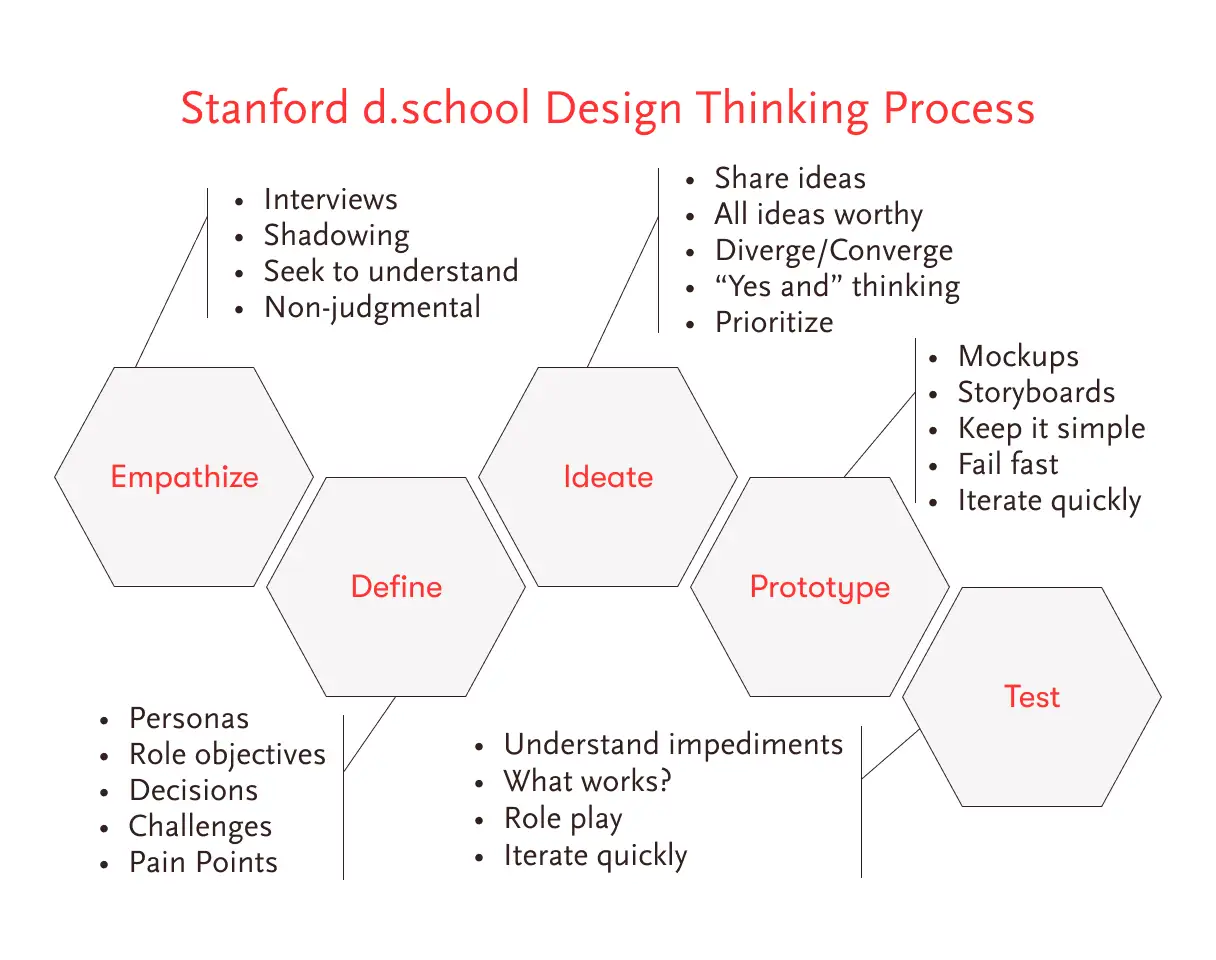
Design Always Starts With Research
Of course, there are other methodologies like HCD (Human-centered Design), or Google Design Sprint (Design Thinking + Sprint methodology) out there. Even UX designers also use Jesse’s The 5 Elements of User Experience to better understand and create the different stages of product development.
But no matter what process or methodology they use, all of them talk about the same thing. For example, the first phase among all of them is user research, although it’s called something different in each process. It’s called:
- Empathize in Design Thinking
- Understand in Design Sprint
- Discover in Human-centered Design
- Strategy in The 5 Elements of UX

So being the first stage of a design process, user research clearly shows how important it is to the product’s creation. Even in LinkedIn, organizations usually look for a UX designer
- who can conduct user research,
- Who has awesome communication skills,
- who is collaborative in nature,
- who has an eye for aesthetics,
- who can build a design system,
among other skills. Businesses basically want a Sherlock Holmes who can speak like Martin Luther King Jr. and draw like van Gogh.
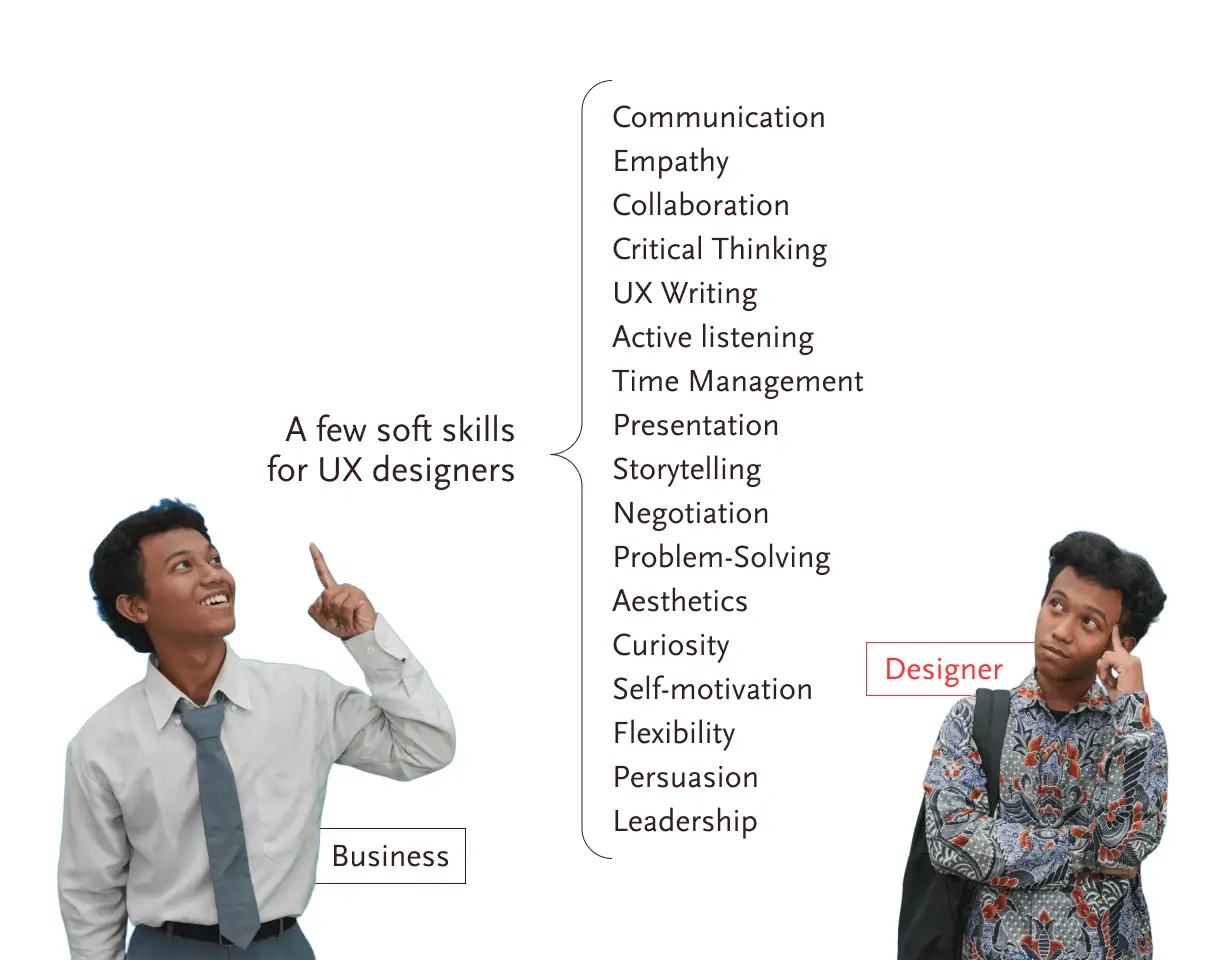
UX Design is a Bit Pretentious
But, don’t you think these are a lot of soft skills required from a person who spends most of his time behind a desk. In reality, UX design is mostly a lone designer working on a high fidelity design (why should waste time on lo-fi when you already have clear instructions on exactly what to create). Even if once in a while you do something in the name of research, it’s limited to
- peeking at google analytics,
- attending meetings, or
- sending a survey here and there.
So on the one hand these big universities and organizations are selling $1000 UX courses citing all the big things Design Thinking, and different UX courses can do for you and on the other nobody actually gives a flying f**k about them. These courses might help you to either make your resume impressive or get a better job but in reality they don’t help you or your organization at all.

Even if they do help, spending Rs. 125,000 for a 10 days course is ridiculous. What could you possibly learn in 10 days? Most of the time UX is big talks and workshops and presentations and courses blah blah blah, but in reality there is very little substance there. There is so much gap between expectations and reality. Why is that? What is the truth?
No Good Resources
The truth is UX matters. And research matters. And design matters. The problem is the lack of authentic resources to learn about it. Even though you can find a lot of great articles on the internet, they’re not aggregated at one place. You may find uncountable resources to create design in Figma but not a single good resource to learn step-by-step processes to do user research.
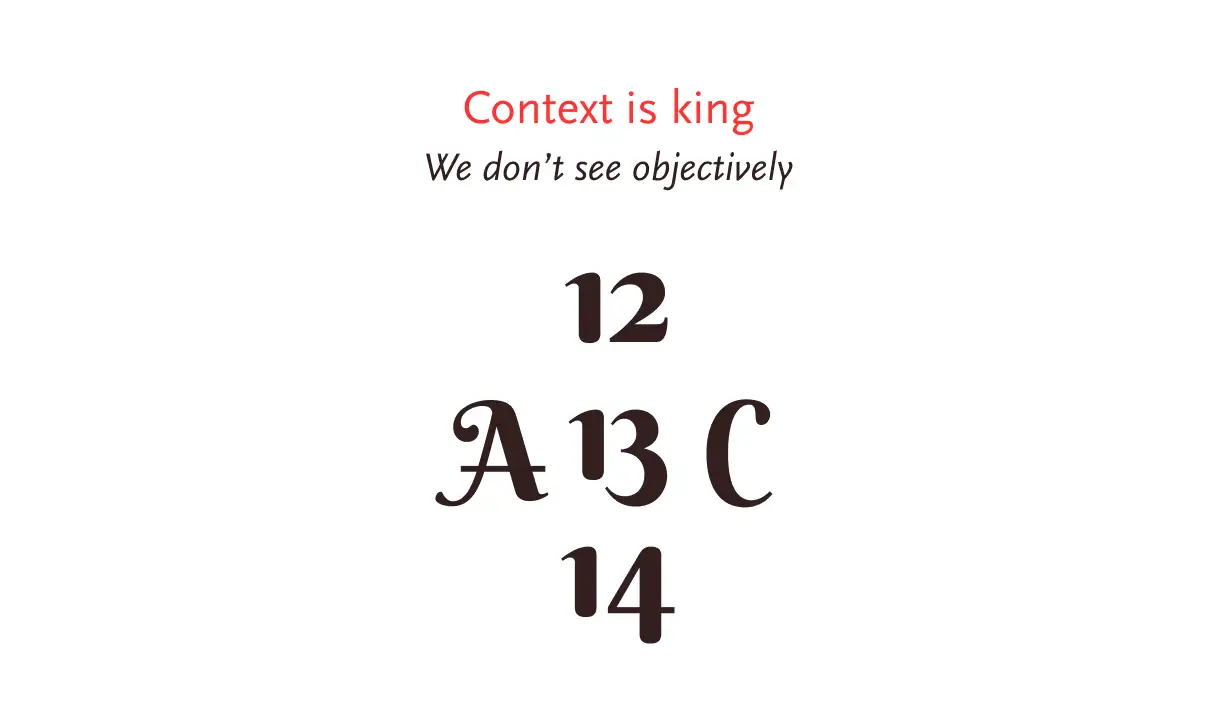
In user research context matters, for example there is no use of learning how to conduct an interview if
- you couldn’t collect bias free data,
- analyze and synthesize it,
- find the patterns and discover insights,
- make it presentable,
- share it with stakeholders,
- apply these insights into the product,
- measure it,
- and convince your higher ups to let you do more of the good stuff.
No Role Models Or Inspiring Stories
Whether you believe it or not, role models or great stories certainly inspire people to choose a particular field, encourage them to even surpass their heroes, and make a name for themselves. Stories have a charm and words cast spells that’s why it’s called spelling.

You may find hundreds of stories about marketing genius, engineering marvels, sales grit, copyrighting persuasiveness, anything except research or design (not art, but design). It’s not like nobody has done anything great in design or research but nobody knows them (Do you know a design story?).
Similarly, how many great UX designers do you know? Do you know any UX designer who invented something, or made a fortune (except Matias Corea and Scott Belsky by selling Bēhance to Adobe for $150M), or created a great product? Anything? Whenever we talk about UX, there are literally a couple of guys who flash into people’s minds: Don Norman and Jakob Nielsen.
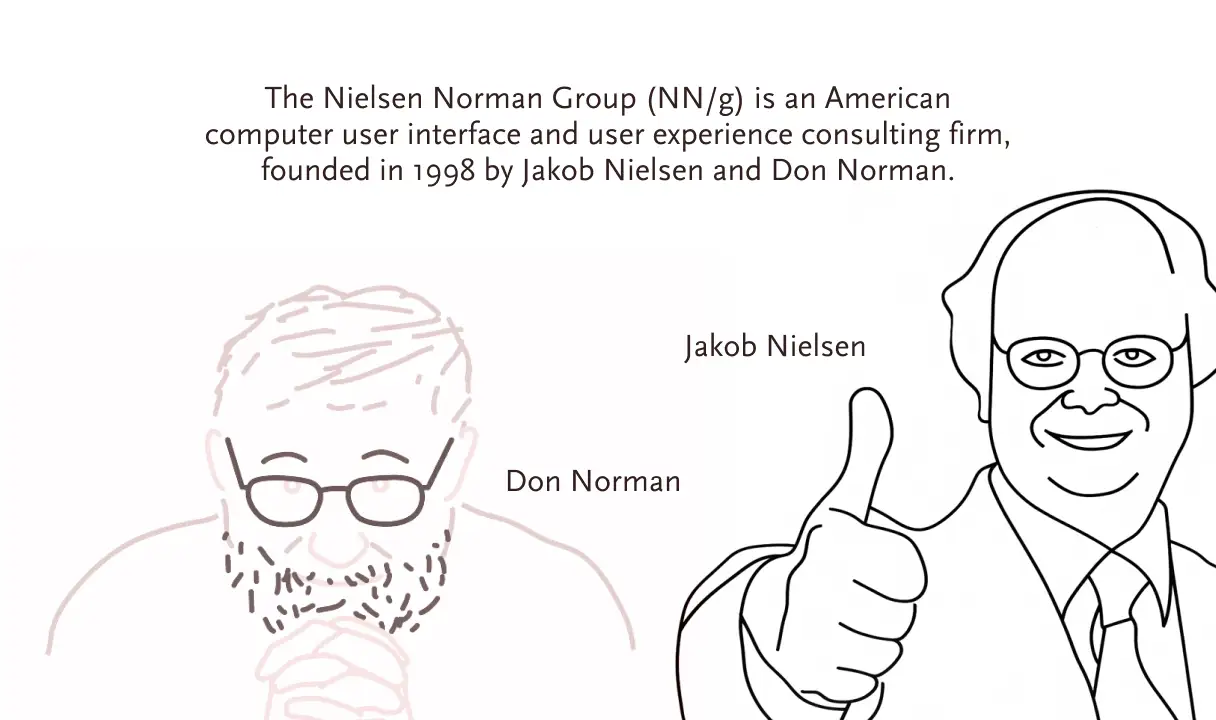
All Fluff, No Substance
UX is full of fluff whether it is there verbose articles, or unnecessary usage of big-words, or made-up marketing terms, etc. Remember whenever an ideology, methodology, process etc. start using:
- language that is difficult to understand,
- defend illogical arguments,
- bury simple things in long-form articles, or
- start to charge thousand of dollars for a week-long course
then it’s a signal that something sinister is cooking underneath. It’s a big red flag. Don’t make a fool of yourself in the name of UX.
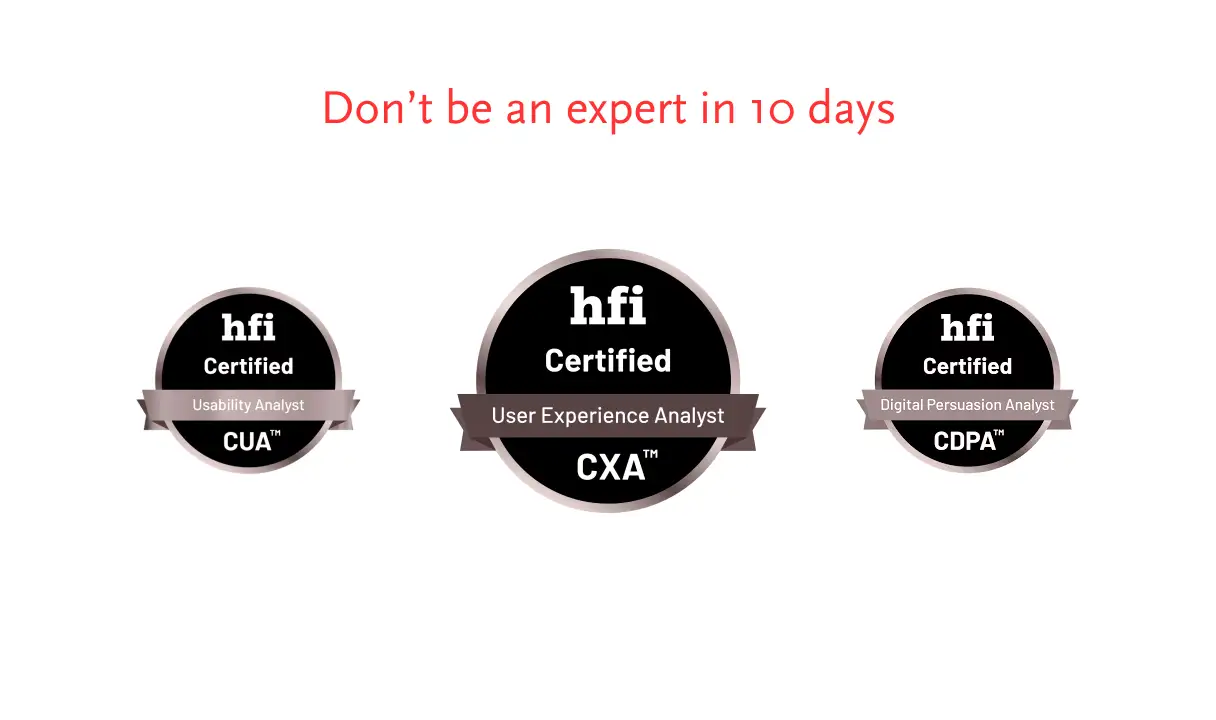
Even the reputed organizations are selling overpriced UX courses that you can learn for free on YouTube. And UX designers are putting all these acronyms after their name to show some kind of superiority they have achieved by joining a 2 or 4‑week program. On the one hand, UX is a life-long learning skill and on the other we’re learning it in 2 weeks.
The Solution
You know exactly what you have to do, but it’s hard, takes a lot of time, unpredictable and scary. So you cut corners and stall things as long as you can. That’s okay. But you know the answer. You’re just one step away from a very different future, unknown sure, but different nonetheless.
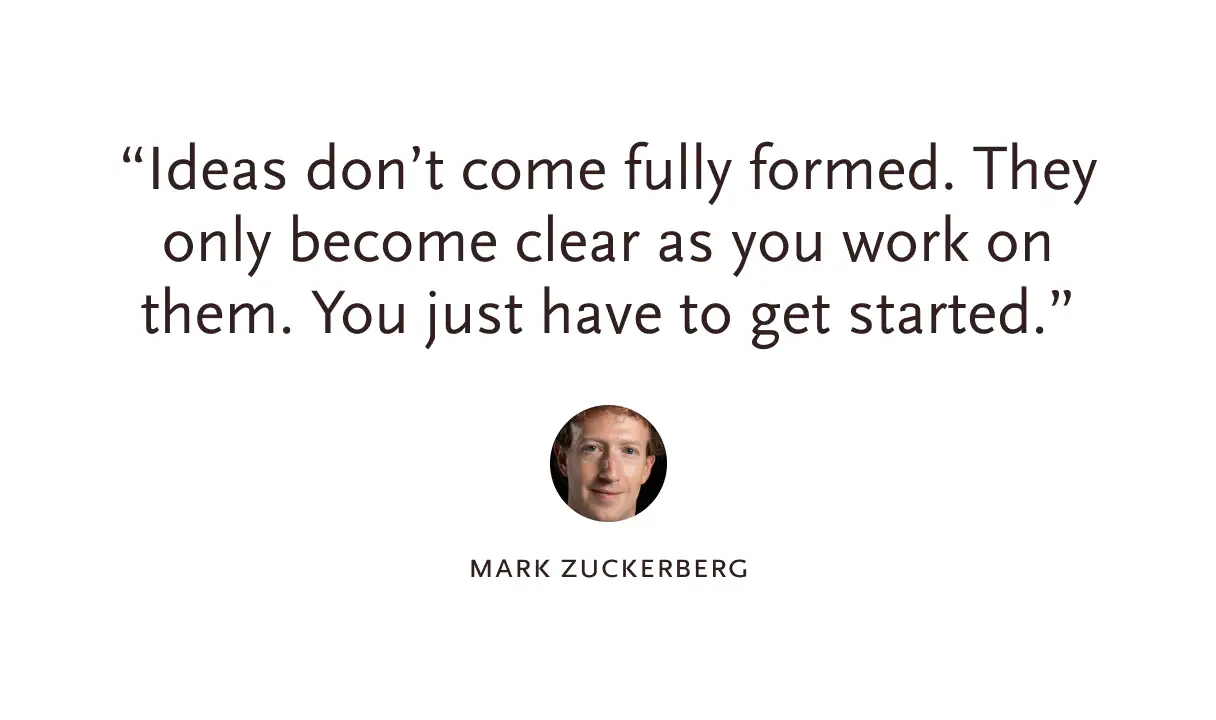
Inspired by others, I also started to write. But I found it difficult to maintain a daily writing routine. I also felt a strong influence from other writers over my words, so I quit writing for a while.
But then again I got a push from some higher power to write again. So I thought this time why not write what I feel. It doesn’t matter how sloppy it would be, or even if I fail to write something worth reading. Here, I really like Dave Letterman’s advice to Jerry Seinfeld.
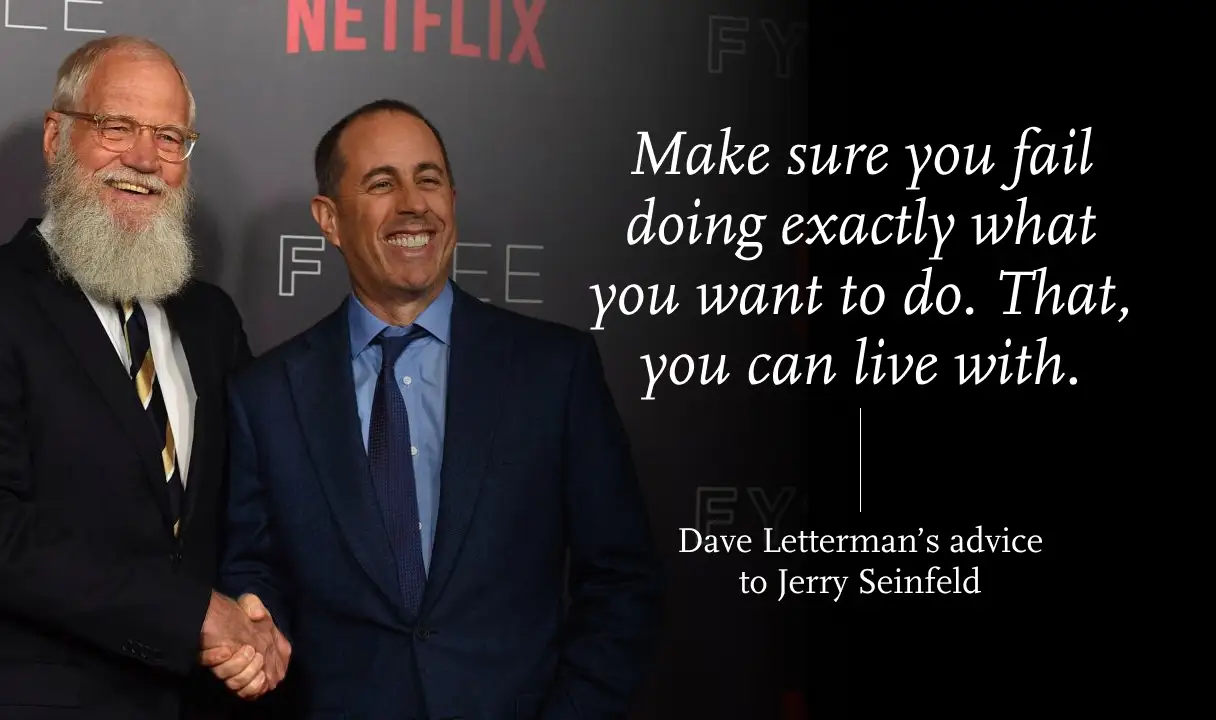
So having these thoughts I’m restarting my writing journey from the very first stage of a UX design process i.e., user research. There are 3 reasons for that:
- It’s the first and most important step to build a product.
- There is relatively less written about it.
- A solid foundation makes other things easy to understand.
And I’m starting to write using the famous “5 Ws”. The “5 W and 1H of Kaizen” (Who, What, When, Where, Why, How) is a checklist people use to guide research and interviews and to raise questions.

It’s not only good for research but also for learning everything in life. Just use these words to feed your curiosity, for example:
- Who is responsible for doing user research?
- What is user research?
- When is the right time to do user research?
- Where should you do user research?
- Why should you even do user research?
- How should you do user research?
So if you could answer these questions, you might atleast get an understanding of what user research is all about. So let’s try to answer the very first question in the next article: Who is responsible for doing user research?
